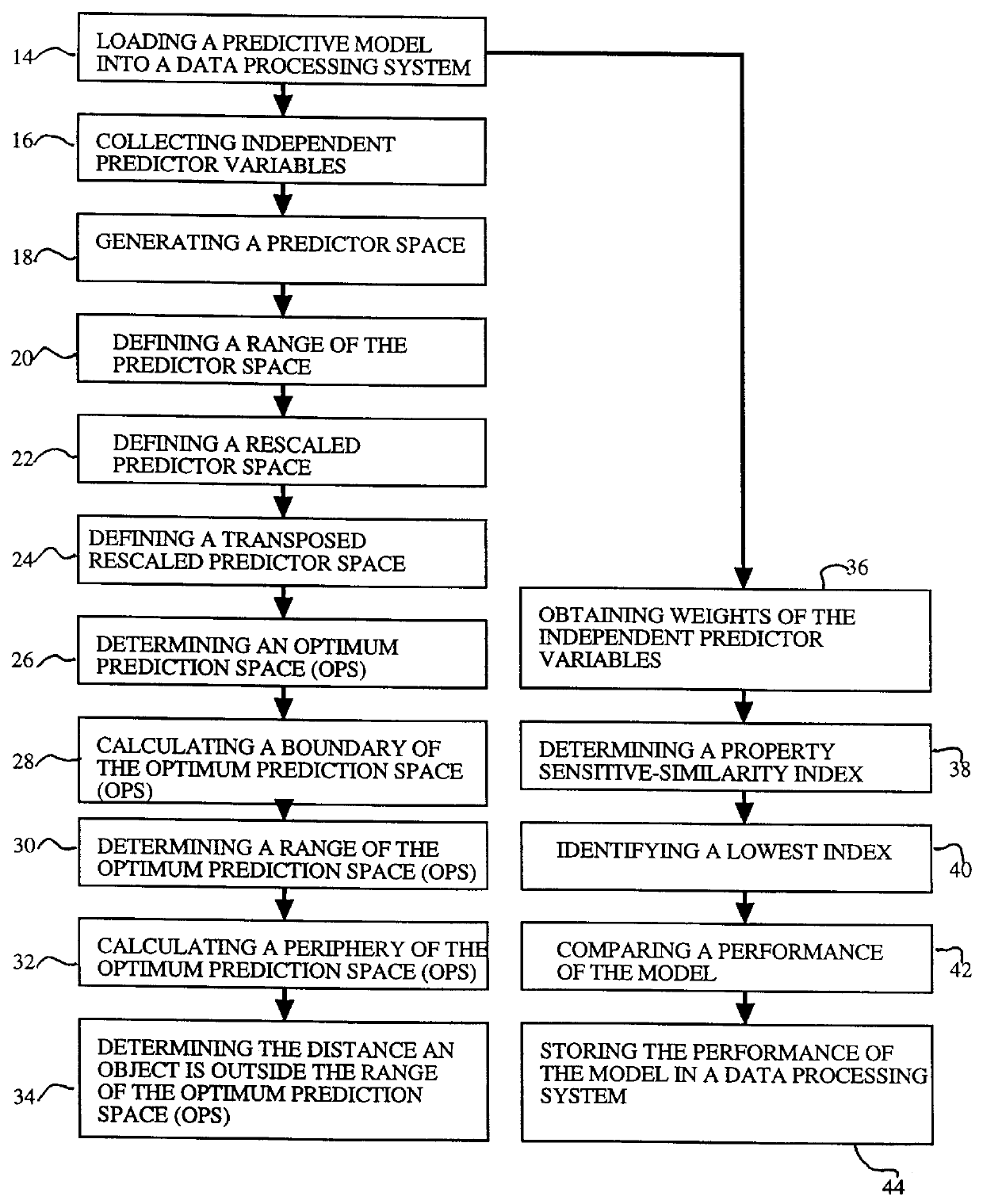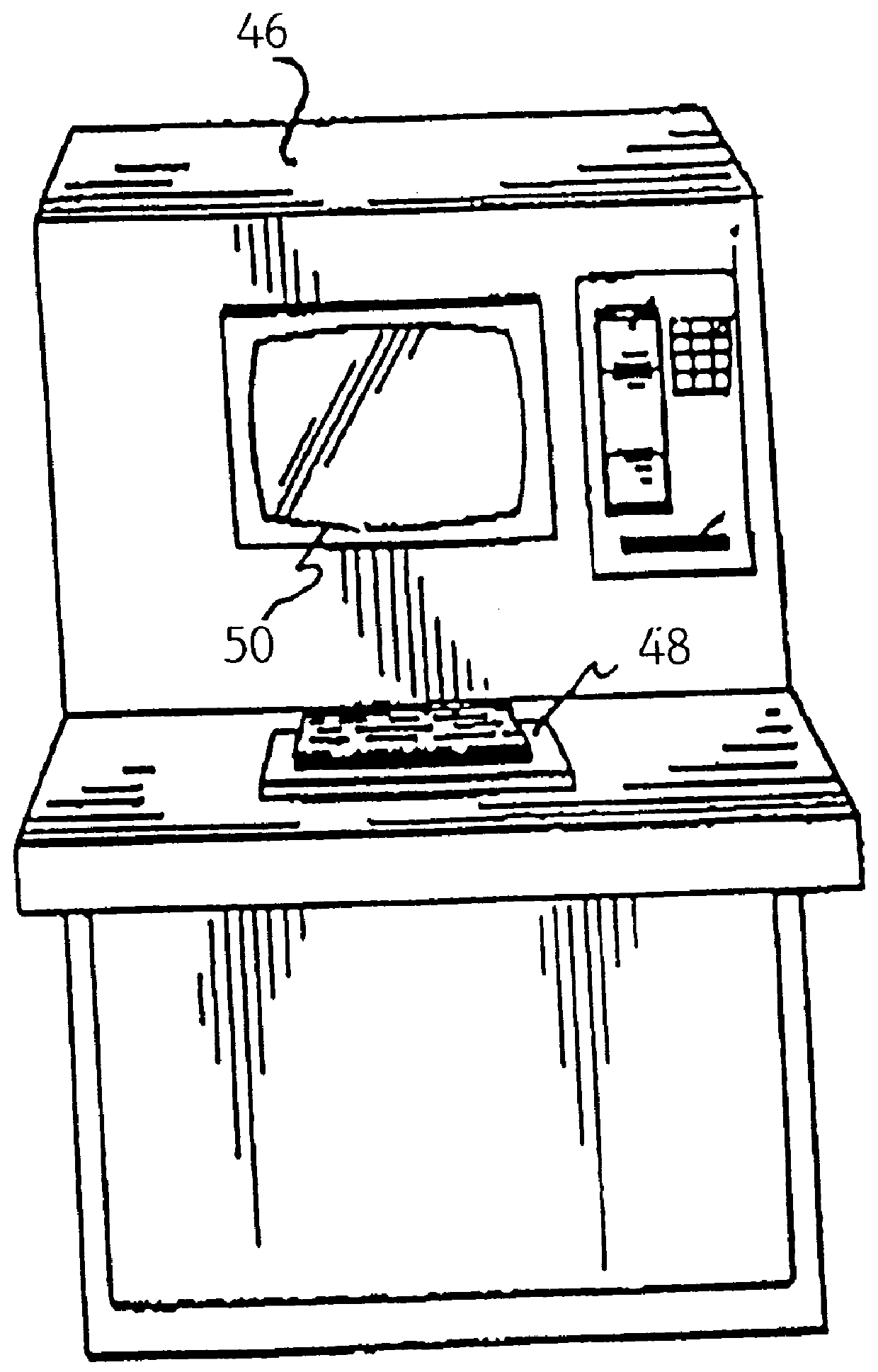Method and apparatus for validation of model-based predictions
a model-based and model-based technology, applied in the field of method and apparatus for model-based prediction validation, can solve the problems of unnecessary animal suffering, unnecessary consumption of time, money, life, and millions of dollars, and achieve the effect of increasing the unreliability of prediction
- Summary
- Abstract
- Description
- Claims
- Application Information
AI Technical Summary
Benefits of technology
Problems solved by technology
Method used
Image
Examples
example 2
To demonstrate the computation of the PSS distance, PSS.sub.qt, the insecticide malathion (Chemical Abstract Service No. 121-75-5), available from American Cyanamid of Princeton, N.J., is selected as the query object q and malaoxon (Chemical Abstract Service No. 1634-78-2), at one time manufactured by Gulf South Research Institute, is used as the training set object t.
Malathion (Chemical Abstract Number 121-75-5) ##STR1##
Malaoxon (Chemical Abstract Service No. 1634-78-2) ##STR2##
The PSS for male mouse carcinogenicity (MMC) and for female rat carcinogenicity (FRC) has been computed based on well known discriminant models, preferably employing the toxicity prediction system TOPKAT 3.0, available from Health Designs, Inc. of Rochester, N.Y. For male mouse carcinogenicity, 60 determinants have been identified in the TOPKAT 3.0 MMC model. Therefore, PSS.sup.MMC.sub.qt between malathion and malaoxon is based on a model having 60-variables, i.e., p=60. The FRC model in TOPKAT 3.0, however,...
PUM
 Login to View More
Login to View More Abstract
Description
Claims
Application Information
 Login to View More
Login to View More - R&D
- Intellectual Property
- Life Sciences
- Materials
- Tech Scout
- Unparalleled Data Quality
- Higher Quality Content
- 60% Fewer Hallucinations
Browse by: Latest US Patents, China's latest patents, Technical Efficacy Thesaurus, Application Domain, Technology Topic, Popular Technical Reports.
© 2025 PatSnap. All rights reserved.Legal|Privacy policy|Modern Slavery Act Transparency Statement|Sitemap|About US| Contact US: help@patsnap.com



